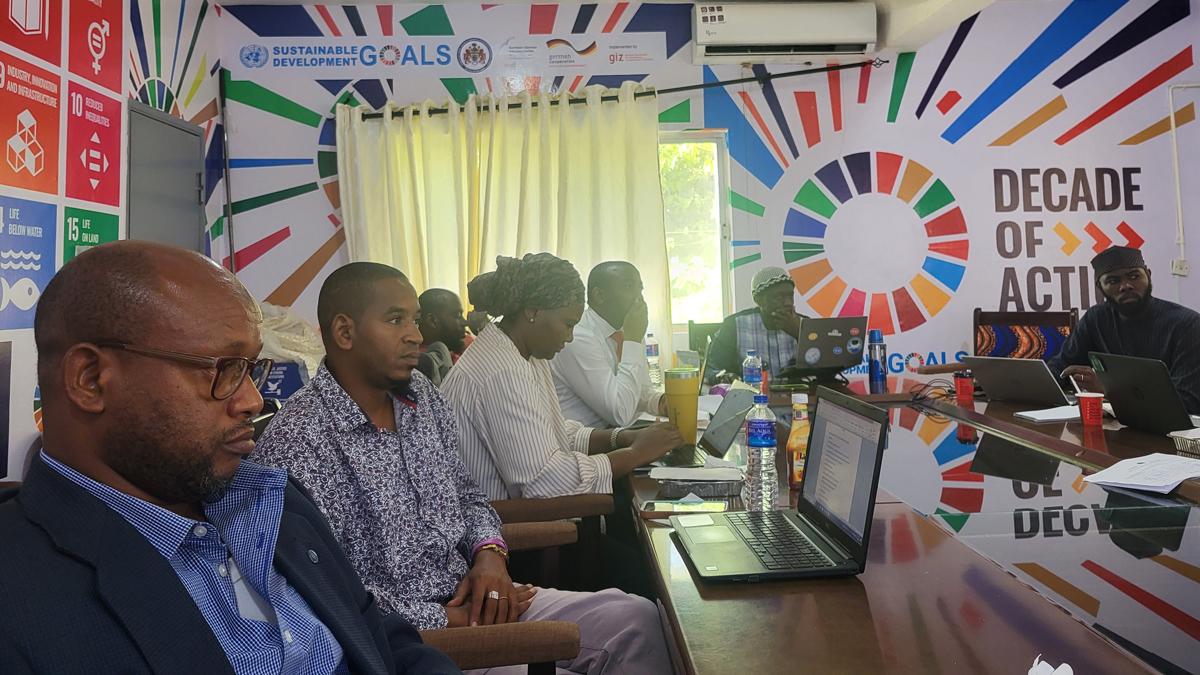Supporting developing countries in identifying and harnessing green export opportunities, promoting low-carbon economic diversification, climate resilience, and improved market access.
UN Trade and Development’s work is based on the premise that developing countries can use the sustained demand for Environmentally preferable goods and services in export markets to develop sustainable production practices, increase local value addition, develop low-carbon sectors, and promote climate change adaptation.
Over the past 10 years, UN Trade and Development has been supporting over 30 developing countries from all five continents in harnessing sustainable export value chains through the formulation and adoption of sustainable export strategies.
To that end, UN Trade and Development has developed and refined a methodology for the identification and prioritization of high-potential sustainable export value chains and the formulation of national and regional sustainable export strategies.
UN Trade and Development’s efforts on green export strategies are closely linked to its work on climate change, with research, analysis, and technical cooperation mutually reinforcing one another.
Environmentally preferable goods and services
The production and trade of environmentally preferable goods and services have become key enablers of export growth, climate resilience, market access, and job creation. Over the past two decades, the market for such goods and services — i.e., whose production and use have a positive environmental impact in comparison with their traditional counterparts or generate positive environmental externalities — has recorded steady growth.
An illustration of this trend is the near eight-fold expansion of the global organic food market, from 15 billion in 2000 to almost 135 billion euros in 2022 (FiBL & IFOAM).
Similarly, trade in other environmentally preferable sectors such as non-plastic packaging, renewable energy production equipment, and natural cosmetics has grown significantly, often outpacing that of their conventional equivalents and reflecting substantial market opportunities.
In parallel with this expansion, market access requirements adopted for climate action or environmental protection purposes have become a central element of trade policy discussions for both developed and developing countries.
Key steps of the sustainable export strategy development process
To maximize their relevance, facilitate stakeholder mobilization, and support implementation, UN Trade and Development’s sustainable export strategies focus on specific green value chains selected in consultation with beneficiary countries.
This selection relies on UN Trade and Development’s extensive database used to conduct comparative advantages analysis, assess value addition opportunities sustainable production prospects, climate change impacts, and potential social outcomes.
National ownership and an inclusive formulation and review process are central pillars of UN Trade and Development’s approach.
Related
Events & meetings
26 – 28 November 2024
National consultations: The Gambia explores the integration of trade-related measures into the country’s Nationally Determined Contribution (NDC) and sector strategies.
13 – 14 November 2024



